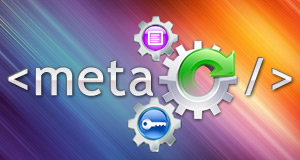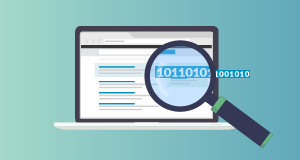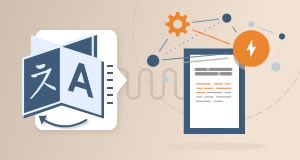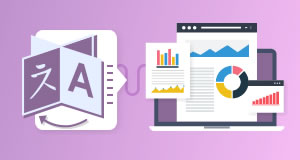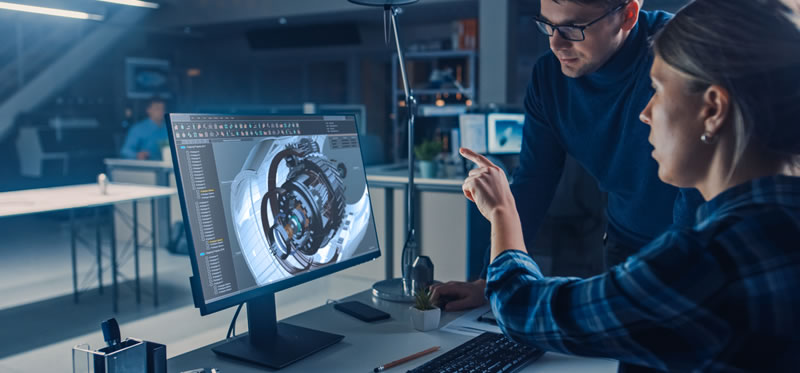
If your manufacturing or engineering business operates in multiple countries, it is important that your technical materials are translated and localised for each target country.
However, technical translation projects pose some unique challenges.
This blog post will provide three tips for technical translation projects, to help them run smoothly.

1. Choose translators with strong technical knowledge
Manufacturing and engineering are highly specialised and their written content cannot usually be fully understood unless you already have knowledge in this area. For this reason, a translator with a good background in translating a wealth of technical materials (ideally within your approximate industry) would be an asset.
Be aware that it can be tricky to find a translator with the exact technical background, as many of the products or services involved in this type of project are incredibly niche or potentially brand new to the market. However, so long as you choose a translator with a good technical background, this is generally not a problem.
2. Utilise glossaries for terminology management
One way you can help to reduce the amount of questions a translator may have about your technical products or documentation is to create a glossary of terms specific to your industry, your company and your products or services.
Four common types of terminology databases are:
- Traditional glossaries: These include your company’s/brand’s/industry’s core terminology.
- Untranslatable terminology: These include any terms which should not be translated, such as product names, trademarked or copyrighted names, and company names.
- UI glossaries: These are usually created by software developers to pull out all terminology which appears in an application to ensure the same terms are used across supportive material, such as help sections and user manuals.
- Blacklisted terms: Any terms that you do not want to be associated with your brand, that the translator must not use.
3. Provide content in editable file formats
File formats differ when it comes to technical projects. There are a few software packages which are used when it comes to creating technical manuals, such as Adobe products.
You will always get asked for the editable working files used to create every aspect of the manual, rather than the uneditable versions that end up in the final version of the manual.
I hope this blog post has given you a useful introduction to technical translation. For more in-depth information, read the free, full-length guide here. The guide covers:
- what makes a good technical translator
- how to utilise glossaries for terminology management
- in what file formats you should supply your technical content
- how your in-country teams and distributors can be involved in the translation process
Samantha Brazel
Latest posts by Samantha Brazel (see all)
- An introduction to SEO-localisation - March 23, 2023
- 3 tips for achieving high-quality translations - March 21, 2023
- 3 tips to make website translation more efficient - May 18, 2022
